Photos by Joshua Vasquez
Welcome to the second installment of “Study Abroad in France with Josh.” This installment recaps my first two weeks in France.
Week 1: Adjustment
On the first day, I met my host parent. My first dinner in France was a traditional cheese plate, something you have every night here. I regret not taking a photo, but if I loved cheese before, I love it even more after that first dinner.
In this first week of my French culture and history class, we visited the Château d’Angers, a stunning castle built between the ninth and early 13th centuries.
I had seen photos online, but nothing compares to the grandiosity of the real thing. The beautiful gardens create an inviting, intimate space, though the castle itself is massive.
Over the weekend, my host parent’s family members visited. They kindly invited my roommate and me to the beach in a small, beautiful town called Pornic.
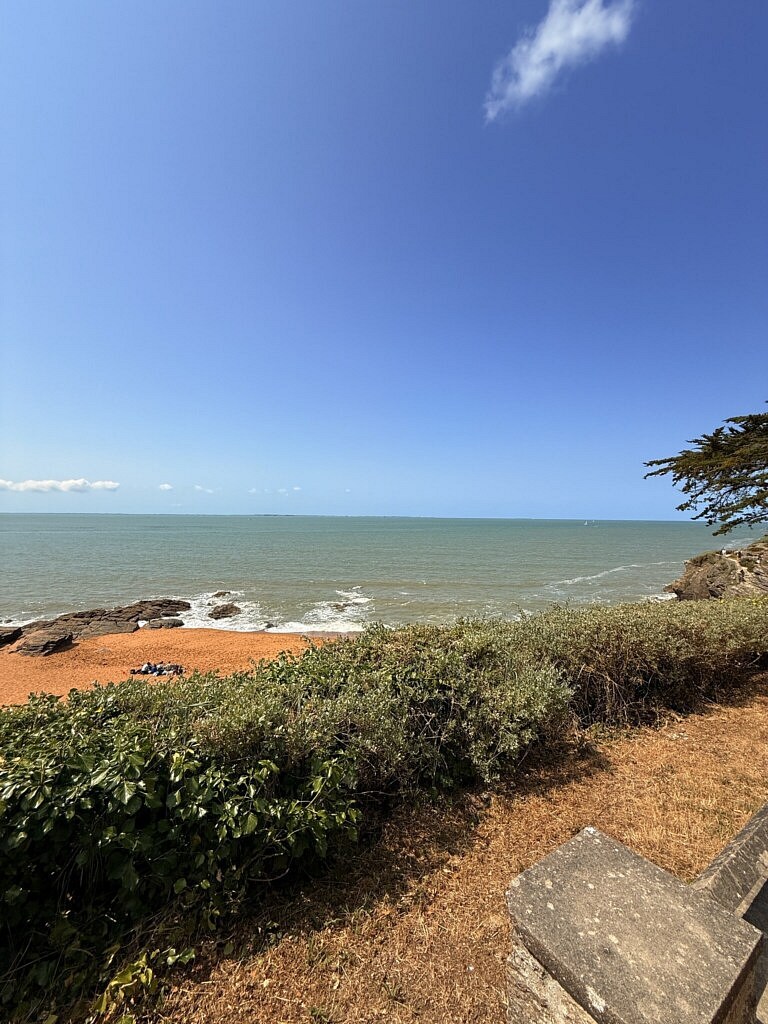

The beach was impeccable—the sand like coarse salt and the ocean breeze fresh. Dinner this time was galette, a crepe-like dish, with roots from Normandy, made with a different batter.
It was an amazing weekend.
Still, the first week was a bit tough. The jet lag wouldn’t go away! There were nights when I’d wake up at 4 a.m., unable to fall back asleep.
Scientists say it takes about one day per time zone traveled to adjust, and since Angers is seven hours ahead of Houston, it took me about seven days to fully adjust.
During the day, I often felt sleepy and had to fight off the fatigue to stay awake in class. Unfortunately, no amount of caffeine could help beat jet lag. It’s a slow process.
Strangely enough, switching my phone to 24-hour time instead of the 12-hour format we use in the U.S. helped. Somehow, seeing the full hours of the day pass made it easier to adjust and avoid going to sleep too early.
Week 2: Exploring Châteaux in France
Week two was easier.
On Monday, June 9, we visited the castles of the Loire Valley: Château de Chenonceau, Château du Clos Lucé and Château de Chambord.
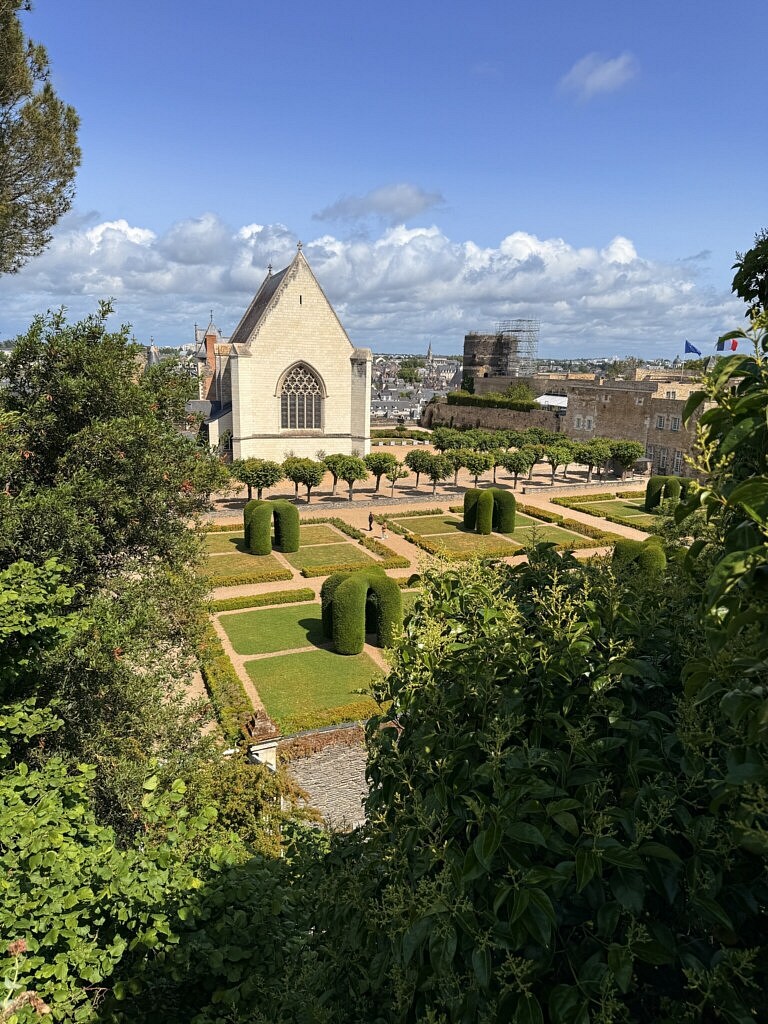
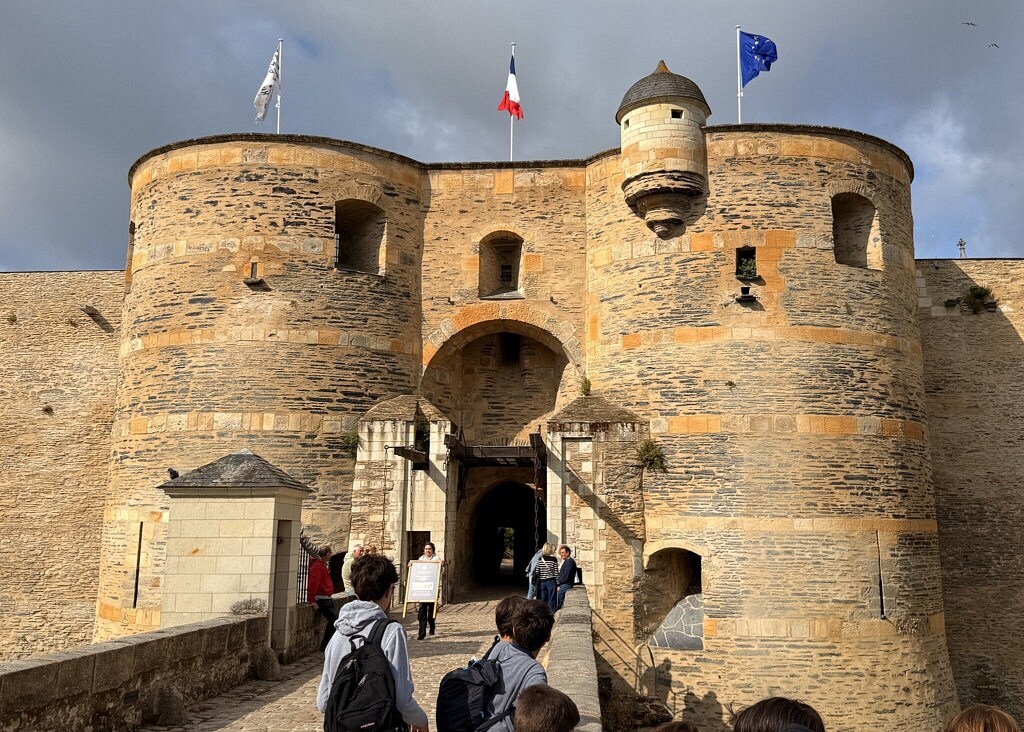
I was most excited for Château de Chenonceau with its breathtaking gardens and gallery adorned with black and white checkered floors.
It also carries an interesting history, sometimes called “Château des Dames” (Castle of Women) because many of its owners have been women.
King Henry II offered it to his mistress, Diane de Poitiers, but after his death, Queen Catherine de’ Medici ousted Diane and moved in.
When Catherine died, she left the castle to her daughter-in-law, Louise de Lorraine, wife of King Henry III. After Henry’s death, Louise lived in mourning, transforming her room into the darkest space in the castle. When you enter the room, you can almost feel her grief and devotion.
Next, we visited Château du Clos Lucé, the former residence of Leonardo da Vinci, gifted to him by King Francis I in 1516. This château is preserved beautifully, with da Vinci’s works on display as if he had just left the room.
Finally, we toured Château de Chambord, a striking castle built by King Francis I as a display of power and architectural ambition.
The famous double-helix staircase is cleverly designed. Two people ascending or descending on either side never cross paths unless they step onto the same floor. It makes for a fun game of hide-and-seek.
On Wednesday, my host parent took us to Nantes, a city of about 1 million people in the Pays de la Loire region.
Nantes is gorgeous! I also had one of the best burgers of my life there.
By the end of the week, my friends and I had gotten used to life in Angers. We started to feel like locals.
Classes aren’t easy—after all, I’m taking an advanced-level course, but each day I’m excited to learn more about French history, culture and language. With each new experience, I feel more connected to this place. And honestly, I don’t want it to end.
À tout à l’heure!

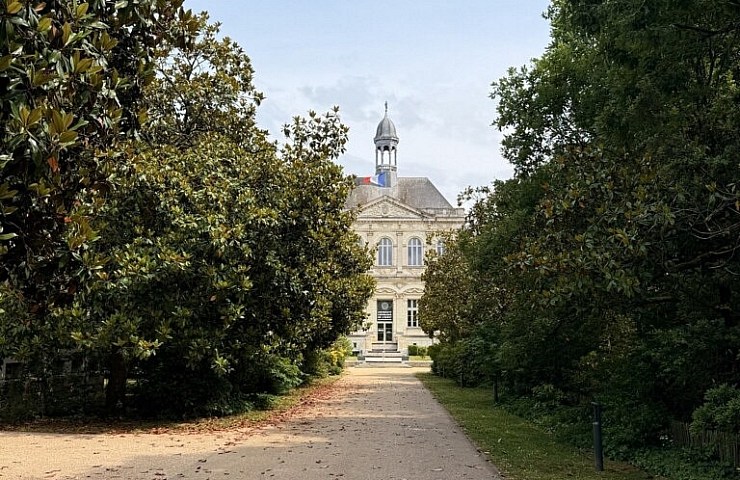


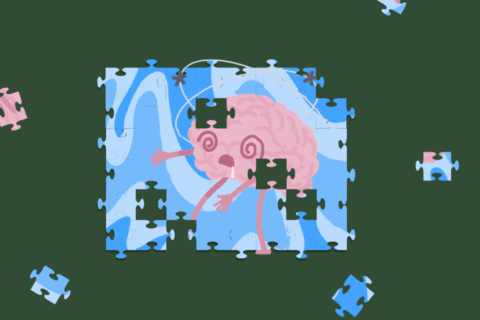
Recent Comments